Top 10 Subnautica Gameplay Features That Make It Fun
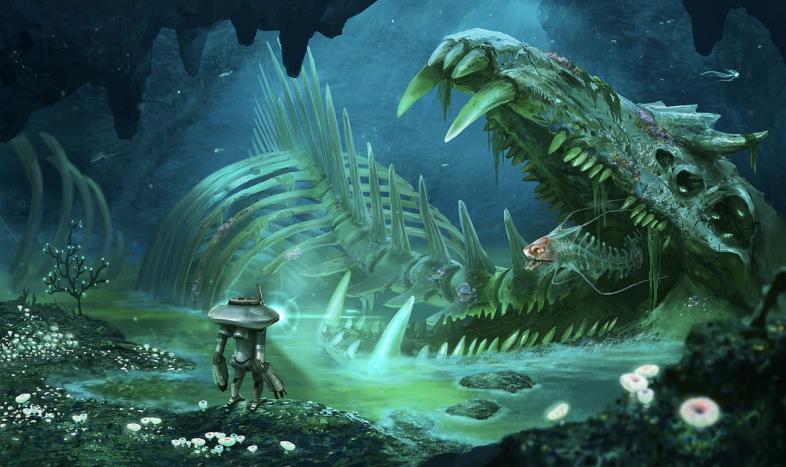
Subnautica is a critically acclaimed deep-sea sci-fi that lets players get lost in a vast alien ocean full of highly imaginative, sometimes horrific deep sea creatures. The game has been out through early access since 2014, and since then, the list of gameplay features has ebbed and flowed as the developers at Unknown Worlds Entertainment have continued to refine the experience.
So what is there to do in the game today, five years after its full release? What should players looking into the game expect, and what can longtime players experiment with to keep the game fresh years later? We’ll explore the ins and outs of everything great Subnautica has to offer in this list of Subnautica’s Top 10 Best Gameplay Features.
1. Crafting Fancy Space Tec
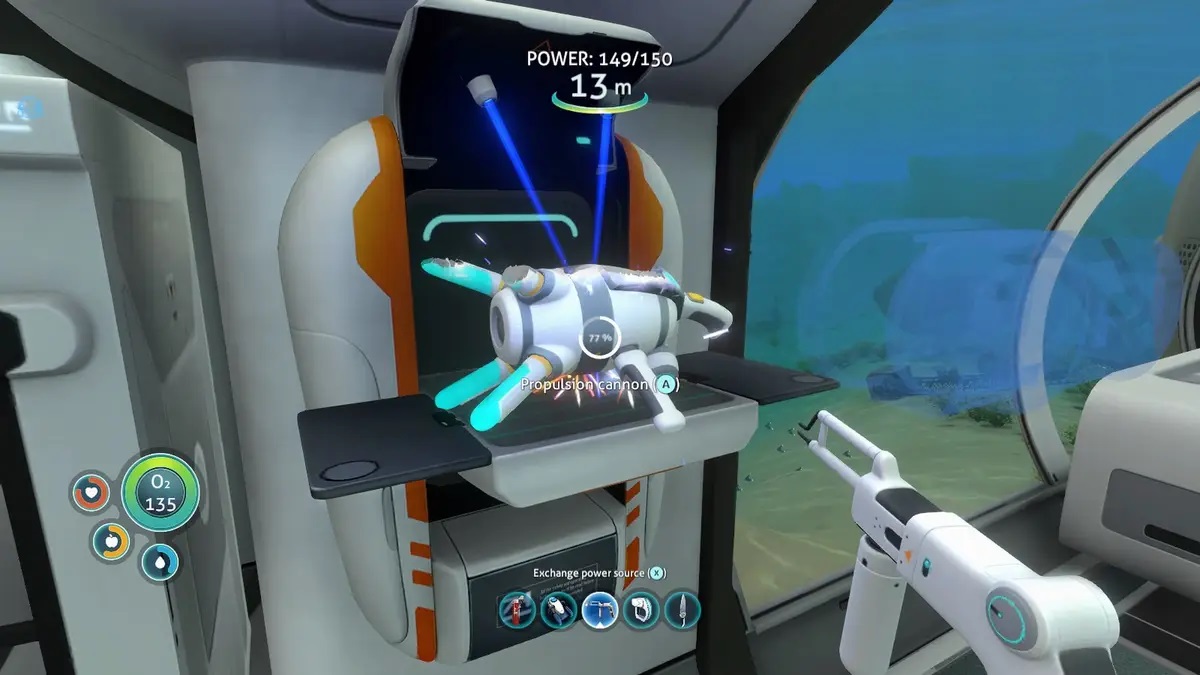
Upon touchdown, you’ll likely notice that Subnautica is a game full of hauntingly beautiful yet highly treacherous biomes. That truth becomes more and more apparent the deeper you dive unless you keep the right tools handy. Discovering all these gadgets takes quite a bit of time since you’ll have to find broken versions of them scattered across the world among the debris of your crashed ship, but with each one you unlock, your stay on 4546B gets a bit cushier.
For example, you don’t have much to work with in Subnautica when it comes to self-defense, but if freezing enemies in place with the Stasis Rifle isn’t your bag, you could get gravity itself on your side with the Propulsion Cannon. This isn’t a proper “cannon” per se, but it lets you keep to the old videogame tradition of turning any odd object lying around into deadly ammunition. Be they rocks, spikey Tiger Plants, or unassuming Peepers, you can snatch up loose objects and dash them at enemies for some pretty significant damage.
Most things in Subnautica flee at the first glancing blow, but if they keep coming back for more, you can REALLY show them who’s boss by modifying your canon into the “Repulsion” variant, which will send enemies into the blue horizon with a pull of the trigger. Be wary, as it doesn’t work quite so well on the extra-large enemies.
Not every player will likely agree on which ones are essential, but one way or another, you’ll figure out which ones speak to you the most, and with them in hand, the game will start to really open up.
2. Spelunking through Wrecks and Caves
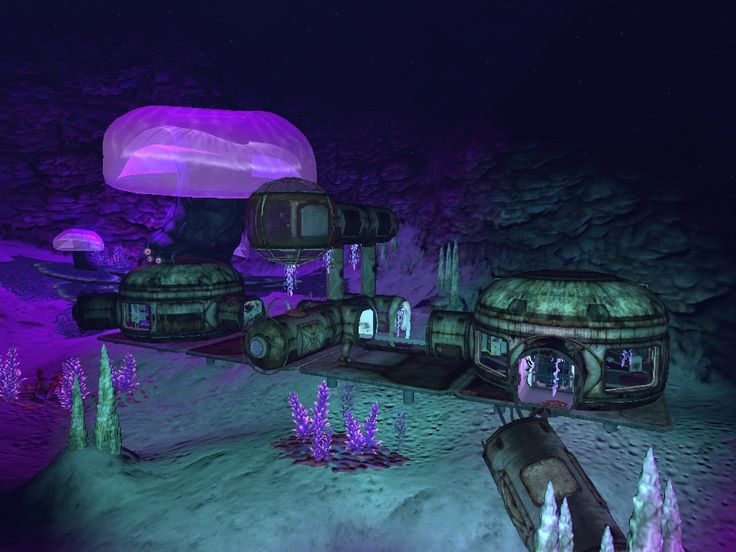
If you want to find and craft some good gear, you’ll need to do a bit of underwater spelunking. A number of spaceship wrecks and cave systems are scattered throughout the world, each serving as a sort of maze that often contains some pretty substantial loot. Caves mainly offer raw resources helpful in crafting, like mineral deposits and valuable gems like diamonds and cave sulfur, while wrecked aurora pieces mainly offer broken pieces of tech you can scan to unlock new gear. Both are needed for crafting better equipment and thus are vital for survival.
If you take the time to navigate through them, you’ll quickly learn that the twists and turns of broken metal and air ducts or barnacled cave walls can disorient you, and when on a limited supply of air, disorientation likely means death. Some are significantly harder to navigate than others, with hostile wildlife surrounding them or water pressure constraints that make your air deplete faster, which helps each one feel like its own challenge.
Pro Tip: You can build more than one air tank and keep an extra in your inventory. Plugging the second one in when your current tank is running low can buy you some precious time during an escape to the surface. Also of note is the Pathfinder Tool, a nifty little handheld device that leaves a breadcrumb trail for you at the push of a button. This tool won't always be necessary, but some of the more elaborate wrecks or cave systems might demand them, so it's never a bad idea to go spelunking with one!
3. Piloting Unique Vehicles
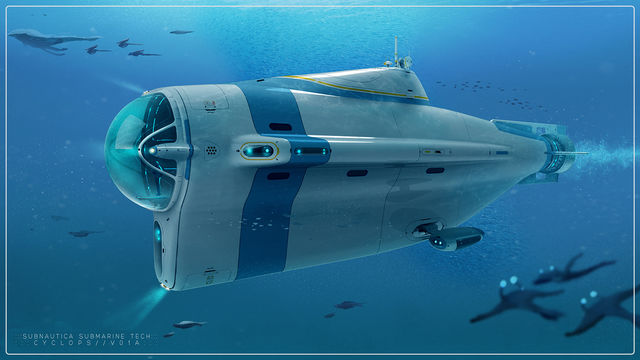
There’s a lot of ground to cover in this game, and thus you’ll quickly start seeking better and better ways to get around. Thankfully, Subnautica has a number of vehicles in-game that make traversal both more merciful and a lot of fun.
Take the Seamoth, a lightweight and fast little vessel that makes haste across the world with decent power efficiency. For the amount of energy you burn, you can cruise a pretty significant distance, and when you have predators hot on your tail, it can turn and change its elevation on a dime, making it highly agile and effective at dodging. Predictably, this lightweight nature makes it pretty feeble, but it can hang in there long enough to at least get you out of trouble.
Though if you’re expecting trouble, you may want to consider the PRAWN suit, which can make chumps out of Subnautica’s worst customers as well. The vehicle walks along the seafloor instead of swimming, so it won’t be ideal to use in trenches or craters, but it can make use of a grappling hook and jetpack upgrade to overcome its handicap on maneuverability.
But the real goat of the game will always be the Cyclops. It takes the most time to unlock and assemble, but once in your fleet, you’ll have the ability to use it as a functional moving base. The Cyclops can dock either the Seamoth or PRAWN Suit in its bay, it has storage space to carry enough resources to start a base, and its internal space can be customized with crafting stations and furniture. You’ll have exciting gear like energy shields and decoys at your disposal when under attack, and the ship has a customization station onboard for changing your ship’s color and even slapping your own little name on the side.
Your other vehicles can be named and colored as well using a moonpool, which also lets you dock vehicles for convenient recharging and build upgrades that greatly expand their abilities, heartiness, and water pressure resistance. With a fleet of these fancy little vehicles, you'll be set to go deeper than ever before.
4. Building Custom Bases
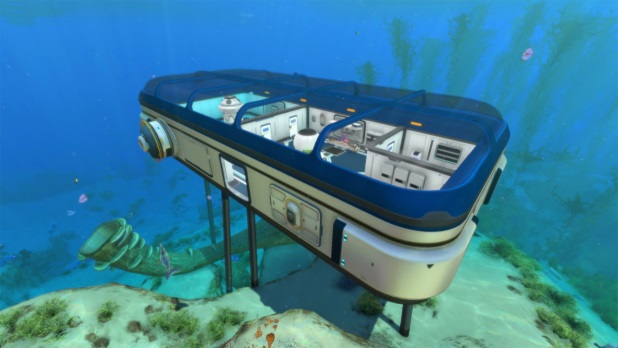
Subnautica may not have as many options for customization while building, but it does offer a solid selection of base pieces and freedom when picking where you want to situate yourself. What’s better, Subnautica has an incredible environmental design behind it, and that means fantastic views lie all abound for you to marvel at from the safety of a reinforced deep-sea base.
Finding locations that work well for bases involves a lot of scouting and considerations, as some places in Subnautica are too far from the surface for solar power, some are lacking in essential resources like table coral or acid mushrooms, and some have a few too many Sand Sharks or Ampeels ranging around. But with some careful planning, you can turn every biome in the game into a viable location for a home base.
With some practice placing objects with the Build Tool, you can get into the swing of setting up outposts everywhere to help ease the burden of survival. Bases can give you places to change the time of day by resting, tools for recharging your equipment’s batteries, spaces for growing food in particularly sparse or hostile environments, and storage for putting away mass amounts of resources.
It's also fun to just get creative with the system now and again. A common type of base shared online is “observatories,” which are situated in locations like the Dunes or the Void, where leviathan-class predators roam around constantly. Since bases are basically immune to these predators, you can safely observe them up close from inside; that is, if you somehow manage to work up the courage to build there in the first place.
Good luck with that.
5. Leviathans
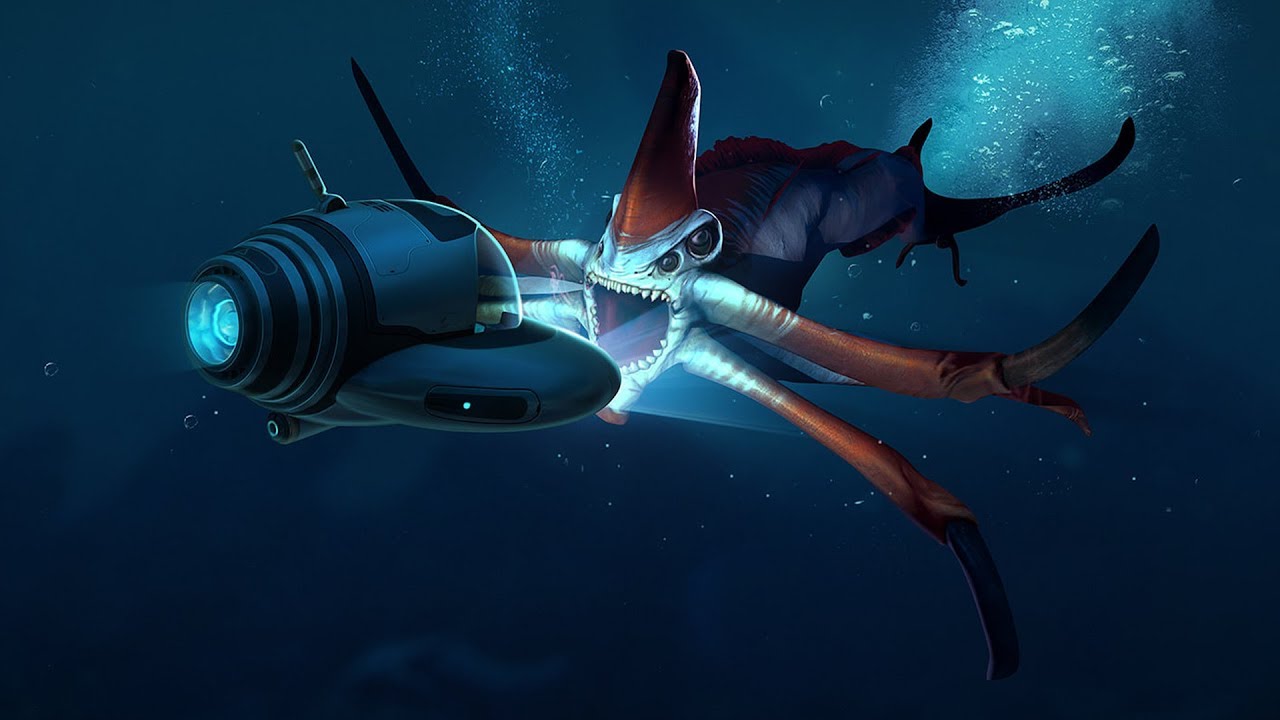
Leviathans are possibly the most iconic aspect of Subnautica. There are only a handful of them in the game, but each one leaves a massive impact on players from the perspective of pure spectacle. They’re defined loosely by the Subnautica Wiki as “Any fauna species large enough to lack natural predators,” which leaves the category open to a fair amount of fauna across Subnautica’s world. Fortunately for you, many of them are extinct, and the few remaining are not all hungry for gamers.
Some are gentle giants, such as the Reefbacks, who you’re likely to discover early in your adventure as they float along the ocean surface, lazily filter feeding and emanating a low roar that reminds you of earth’s whales. These guys might frighten you at first glance when you’re still new to Subnautica and unsure of who’s friend or foe, but pretty quickly, you’ll come to see them as a good omen since they very rarely range into areas where more hostile leviathans lurk.
In contrast, there’s the Reaper Leviathan, one of the oldest sea serpents in the game, having served for years as the flagship symbol of Subnautica’s thalassophobia-inducing threats. Their known hobbies include lurking in the dark hue of the deep open sea, eating with their weird mandible things, jump-scaring twitch streamers so hard they pause the game, and making you constantly paranoid that the sound you just heard was one of their roars in the distance. The best part? They’re the smallest of the hostile leviathans in this game.
Not everyone will likely consider Leviathans a “favorite feature,” but they’re undeniably a big part of what makes Subnautica so great! What’s the point of plunging into the depths of a fantastical and exotic sea if there’s never going to be a massive, fantastical sea serpent waiting in the darkness to pounce on you like that scary crab-robot from Disney’s Atlantis? Just as a great hero needs a great villain, a great ocean needs a great sea beast, and Subnautica’s Leviathans don’t disappoint in that regard.
Pro Tip: Get the Grappling Hook and the Mining Drill to duel one like an oceanic god. Or just rodeo-style ride them across the ocean.
6. Domesticating Fauna
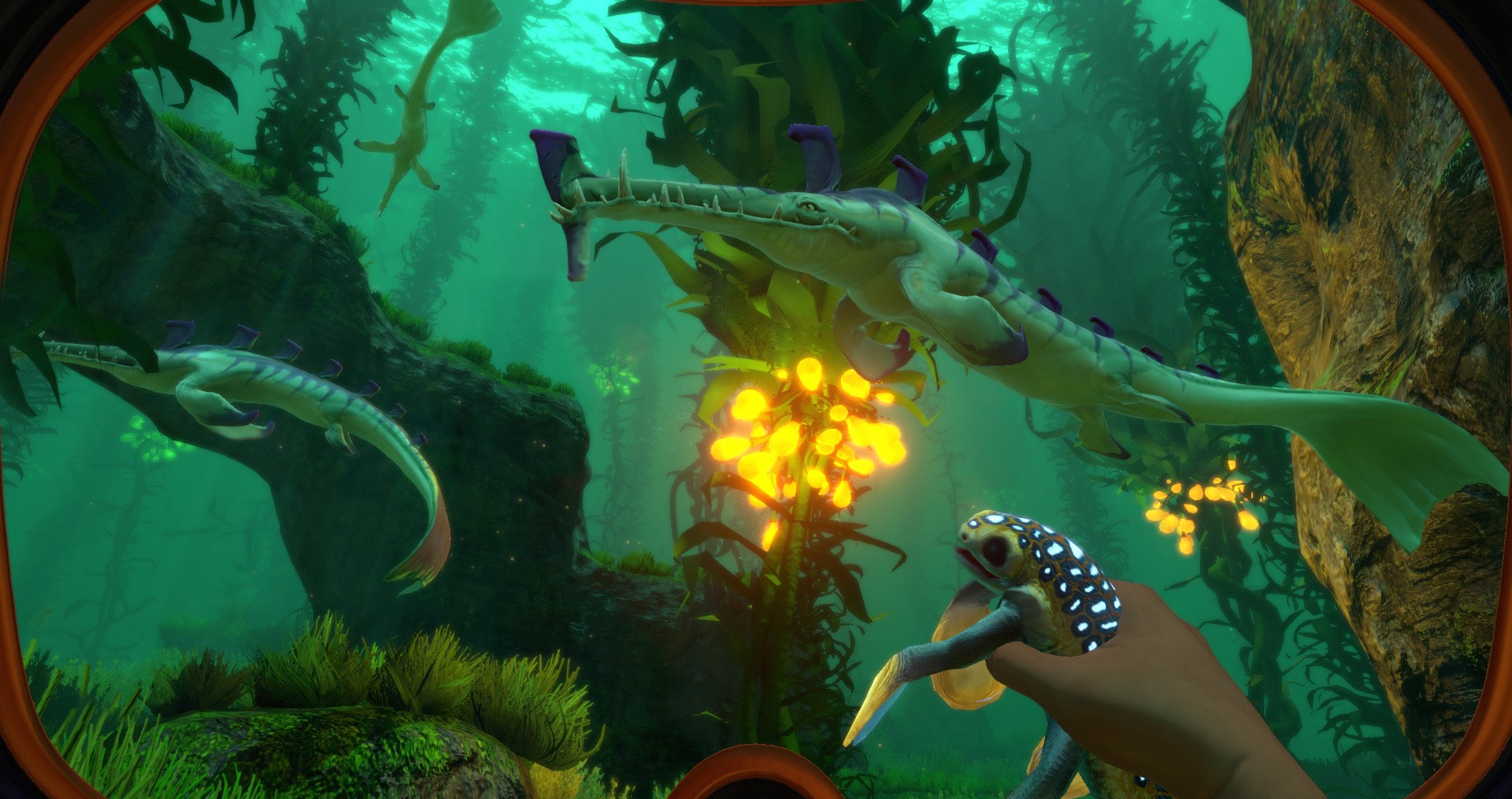
Not everything that swims in Subnautica’s sea needs to be considered fiend or food. You can find eggs scattered all over the world to grow inside your base to unlock the third ‘F’ option; Friends.
Basically, any fish that’s too big to grab and hold in your hand can be “tamed” by finding an egg on the seabed that correlates to that creature and placing it in an ‘alien containment’ tank built inside your base. Unlocking Alien Containment requires a bit of exploration, but they’re not terribly far from your starting area, and once installed in your base, you can use them for breeding mass amounts of edible fish or populating an aquarium with all your favorite sea creatures.
Subnautica also lets you domesticate Stalkers by simply throwing them fish. This effect is temporary, so it's mostly a good way to pacify one chasing you, but doing this regularly can make it easier to live in the Kelp Forests with them, and they’re known to gather salvage in their spare time, so they can act as very helpful scrap-minions if you’ve got a lot of building to do.
I’d be remiss to not mention the most pet-friendly of pets in Subnautica, the ‘Cuddlefish.’ He’s a very expressive little creature that you can find in egg form and raise into a small companion that ranges around your bases and interacts with you if you click on them.
They’re very animated, highly affectionate, and super prone to getting run over by your Seamoth. But if you can keep one alive until the end of the game, you’ll be treated to a sweet farewell from them before escaping 4546B. Maybe just be sure to release him somewhere decently safe when he hatches or keep him inside Alien Containment most of the time. Or, just drive around your base like it’s a school zone.
Pro Tip: A creature raised in captivity by you and released into the wild will stay passive to you, so picking up eggs and raising them is an effective way to get PDA info on fauna that are normally too fast (or frightening) to scan.
7. Growing Gardens
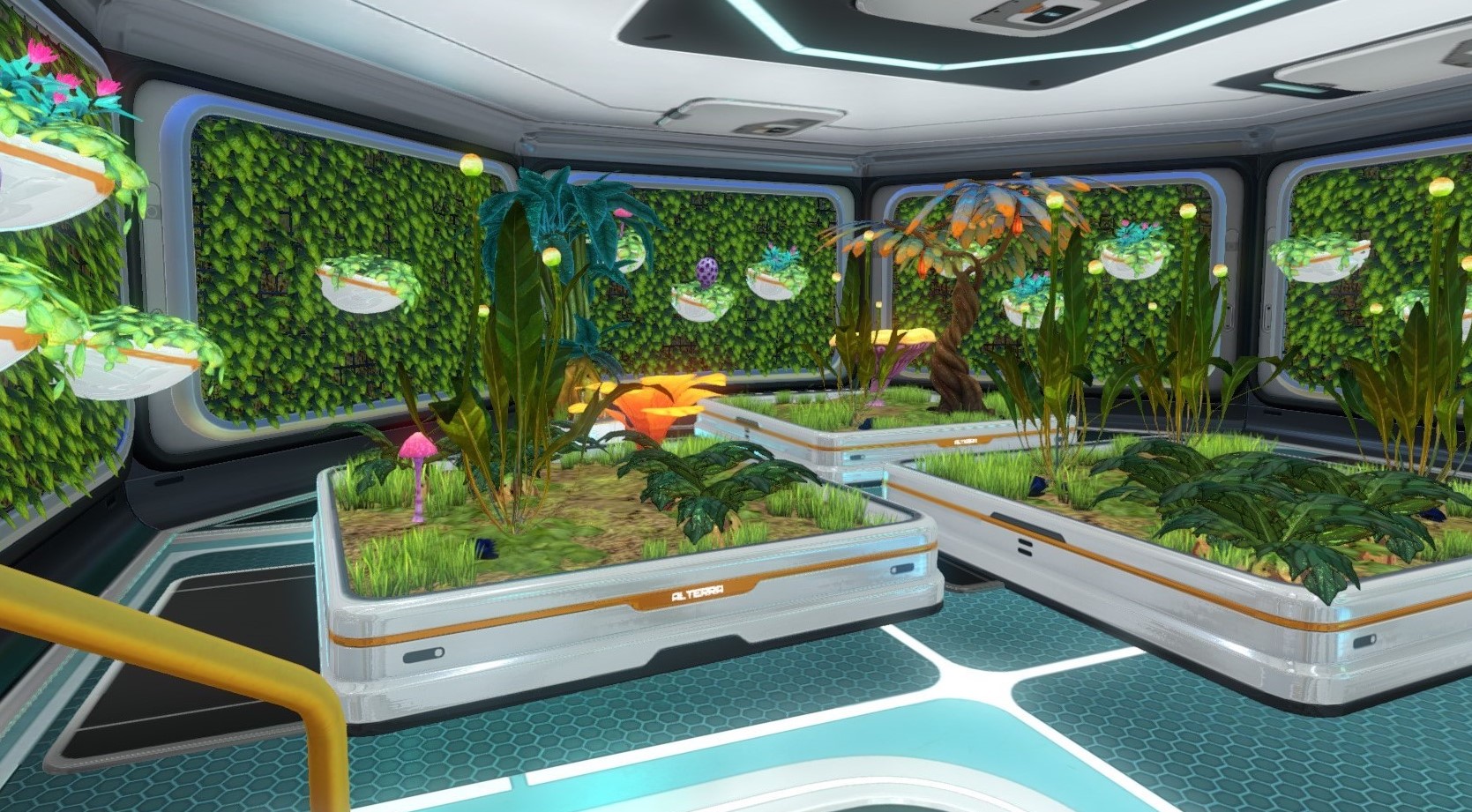
As well as housing a myriad of fascinating sea creatures, Subnautica’s world is home to some unique plants as well, and many of them have harvestable seeds you can grow in plant pots or grow beds. Some of these plants are edible, making them a reliable and low-maintenance source of food, while others are valuable as crafting resources like gel sacks. Having a crop field of useful plants outside your base can be a godsend when having to build new gear or vehicles in far-off biomes since the alternative is journeying across the map just for one stinking deep shroom.
Also, some are just pretty darn nice-looking!
Flora on 4546B gets about as weird and wonderful to look at as its fauna, and you can pot them all over your base, livening things up quite a bit and even assembling some impressive gardens. Collecting the weirdest and fanciest-looking ones involves exploring all across the map, so you’ll likely discover a few in your travels, and assembling a finished collection can make for a decent challenge.
Pro Tip: You can grow Tiger Plants, those nasty little coral growths that shoot spikes at you. They won’t be domesticated this way, but a reinforced dive suit deflects their attacks perfectly, so growing them around your base isn’t a bad idea if you plan to live somewhere frequented by annoying predators like Biters or Bone Sharks.
8. Charting the Great Unknown
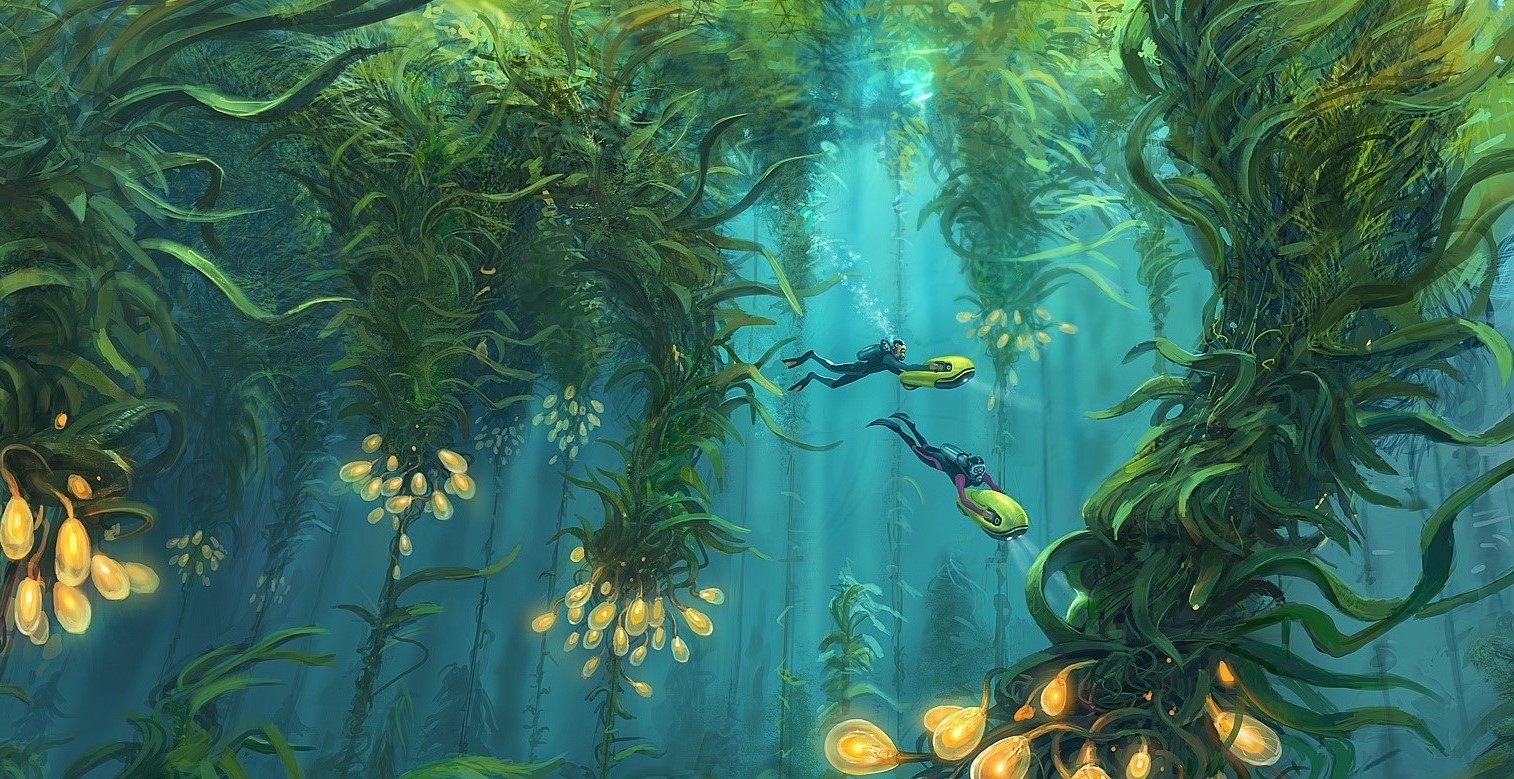
Subnautica’s story is one that centers on exploration. All throughout, you’re told over and over that the only way off this world is by venturing deeper into it. This puts exploration in the center spotlight of the experience, so patting the world down for every secret nook and cranny is ultimately going to be what you likely spend the most time doing, and it’s what every aspect of the game is essentially meant to help enable.
Subnautica has buildings like the Scanner Room that help you get a read of an area’s layout and scout for resources in zones that are possibly too dangerous to range around aimlessly. Besides this room, there is no world map or any comprehensive way of knowing exactly where you are beyond a compass.
In the same sense that challenge and dying are intended parts of Souls games, getting lost in areas is very much a part of the experience, and as you sail across this world, you’ll get used to noting landmarks like rock formations, cave systems, ravines, and wrecks that signal to you where you are and where you’ve been. Eventually, you’ll develop instincts that help you intuitively sense where you are in relation to everything else, and with a compass in hand and your hardened instincts, you’ll feel like a seasoned explorer as you confidently pilot your Cyclops past the familiar and into areas still unexplored.
Pro Tip: Be wary of Stalkers when setting up Scanner Rooms around the world since their camera drones are a favored play-thing of Stalkers, and they’ll gladly run off with them to areas outside your signal range.
9. Hardcore Mode and Creative Mode
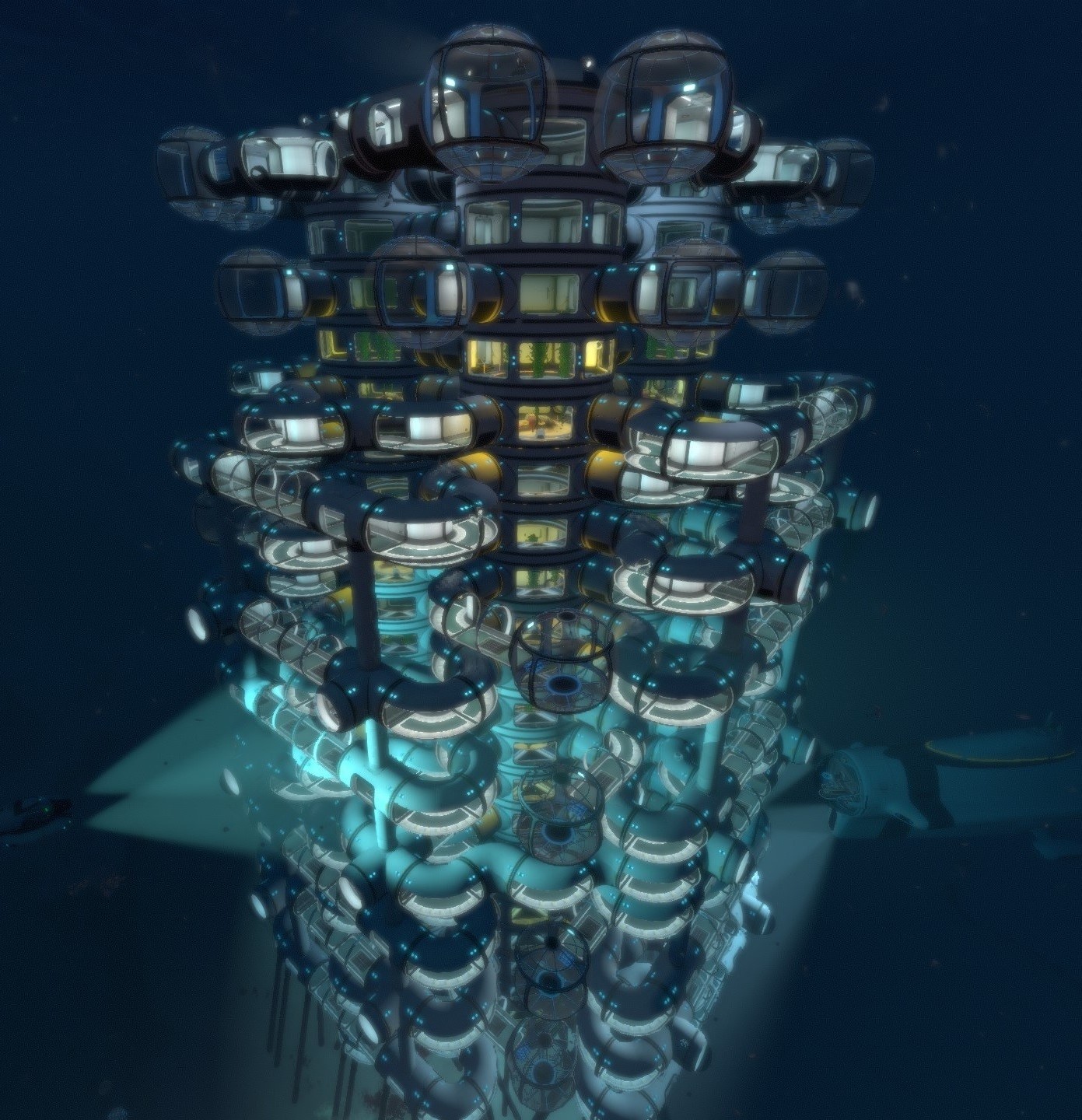
As you play Subnautica, things inevitably get familiar, and you start falling into a lull. This isn’t a big issue on the first playthrough since there’s plenty to discover right up until the story’s end, but once you’re on your second playthrough or so, you might feel like all the experience you’ve gained has deflated some of the game’s challenge factors.
Sure, Subnautica is a great game to rediscover after a while of not playing, but since so much of the experience is highly memorable, and the story’s pacing is primarily determined by you discovering things, it has a replay value issue when you come back to the game and can still recall where everything is and more or less what you have to do to get there again.
This issue exists across all sorts of games and is difficult for any dev to beat completely, especially without relying on things like roguelike game design, procedural levels, or grind-heavy mechanics. But Subnautica does have a trick or two up its sleeve.
Enter Hardcore and Creative mode. From the jump, you’ll have access to a super-easy mode that encourages you to build and experiment, as well as a permadeath mode where one wrong choice can spell the end of hours worth of surviving.
Creative mode is great fun if you want to play around with the game’s base-building mechanics without fear of predation or the need to grind resources, and there are some fun builds posted online showing off what you can get away with if you’re creative enough. A favorite of mine is “Zoo” builds that essentially confine Reapers or other massive sea beasts into coliseums for the purpose of studying them up close or watching them duel with other fauna.
Hardcore mode works wonders for getting the game to stay fresh, however. While Subnautica definitely gets easier if you have comprehensive knowledge of it, the game’s list of threats doesn’t get any shorter. If you want to beat the game in one life, it’s going to involve a lot of knowledge, some steely nerves, and a careful plan to deal with every threat.
10. VR Mode
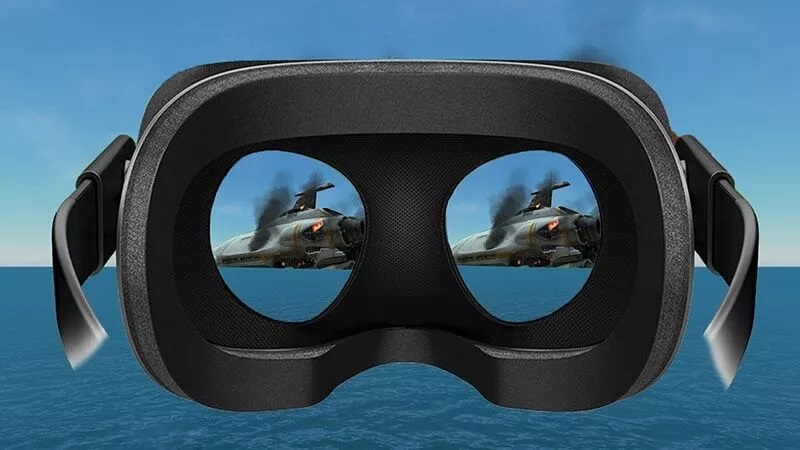
There’s one more thing in Subnautica you’ll need to check out if you have the setup for it; VR mode. Subnautica isn’t exactly the most optimized VR experience, having a UI that doesn’t easily graft onto the experience and no motion control support, but it definitely still offers something worthwhile just through the simple change you get to perspective.
When you play Subnautica, the game’s FOV makes everything’s proportions a little difficult to grasp fully. You likely didn’t think Bone Sharks or Rabbit Rays, or even Peepers were all that big when you first started the game, but with a VR headset, proportions become a lot more comprehensible.
Suddenly, the Peeper is revealed to be a swimming dinner plate, the Bone Sharks look less like dolphins and more like orcas whales, and even gentle leviathans like the Reefbacks become dizzying in scale.
Best of all is experiencing some of the game’s set pieces or most notorious predators from a true first-person perspective. The Aurora explosion feels quite a bit grander when you look up to see debris flying overhead, and the feeling of total helplessness when a Reaper Leviathan shakes you around your Seamoth before roaring in your face is so many orders of magnitude higher with a headset.
VR was officially integrated into the game by the devs years ago, but it hasn’t gone on to be their favorite implemented feature. They dropped support for it when making the game’s spinoff Below Zero, but thankfully it's still possible to play this way without mods for the original title.
While the lack of motion controls can hold the game mode back from true greatness, it still works well as a sort of “amusement park” mode, letting players marvel at the sights of a familiar world now made visible on a grander scale. If paired with Creative or Freedom mode, you can have a lot of fun sailing around the world in VR, getting a brand new up-close look at your favorite deep sea horrors.
- Log in or register to post comments
 Home
Home PC Game Trailers
PC Game Trailers News
News Menu
Menu


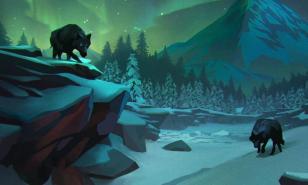
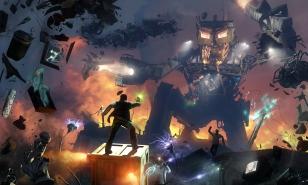






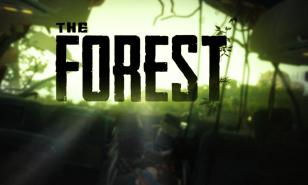



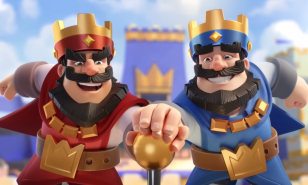




![[Top 5] Elden Ring Best Holy Builds That Are Powerful [Top 5] Elden Ring Best Holy Builds That Are Powerful](https://www.gamersdecide.com/sites/default/files/styles/308x185-scale-crop--more-top-stories/public/extra_4_2.jpg)

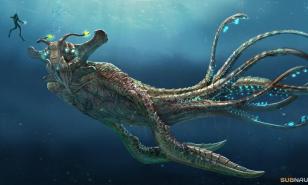




![The most famous cursed seeds in Minecraft [Top 10] Minecraft Most Cursed Seeds](https://www.gamersdecide.com/sites/default/files/styles/308x185-scale-crop--more-top-stories/public/herobr.jpg)
![[Top 10] Death Note wallpapers that are awesome. [Top 10] Death Note wallpapers that are awesome.](https://www.gamersdecide.com/sites/default/files/styles/308x185-scale-crop--more-top-stories/public/dnm4.jpeg)
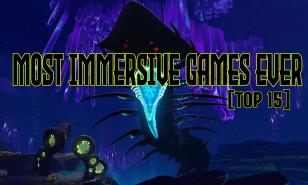



![[Top 10] Best Star Wars Games For Android Here are 10 best Star Wars games for android.](https://www.gamersdecide.com/sites/default/files/styles/308x185-scale-crop--more-top-stories/public/7th_headline_main.jpg)
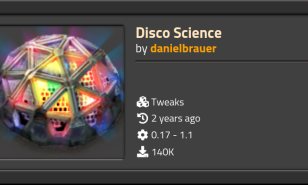



![[Top 10] Elden Ring Best Weapons To Max Out [Top 10] Elden Ring Best Weapons To Max Out](https://www.gamersdecide.com/sites/default/files/styles/308x185-scale-crop--more-top-stories/public/extra_5.1.1.jpg)

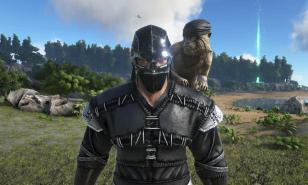

![.[Top 10] Elden Ring Best Early Game Weapons That Are Excellent (And How To Get Them) .[Top 10] Elden Ring Best Early Game Weapons That Are Excellent (And How To Get Them)](https://www.gamersdecide.com/sites/default/files/styles/308x185-scale-crop--more-top-stories/public/wxtr_4.jpg)




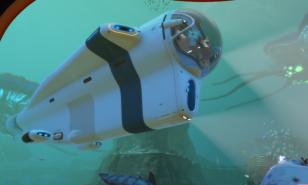


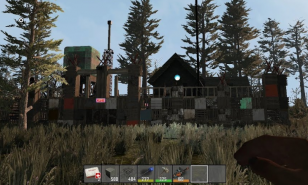
![[Top 10] WWE 2K23 Best Finishers That Are Awesome! [Top 10] WWE 2K23 Best Finishers That Are Awesome!](https://www.gamersdecide.com/sites/default/files/styles/308x185-scale-crop--more-top-stories/public/headline_4-image_1b.png)
![[Top 10] Dying Light 2 Best Weapon Blueprints To Have Aiden holding a Molotov cocktail and sword.](https://www.gamersdecide.com/sites/default/files/styles/308x185-scale-crop--more-top-stories/public/dl2_blueprint_cover.jpg)